| Organism | Tissue | Morphology | Culture Properties |
| Homo sapiens (Human) | lung; derived from metastatic site: soft tissue | epithelial | adherent |
本细胞株详细信息如下:
|
|
| General Information |
| Cell Line Name | NCI-H1573 (Human Lung Cancer Adenocarcinoma Cells) |
| Synonyms | H1573; H-1573; NCIH1573 |
| Organism | Homo sapiens (Human) |
| Tissue | lung; derived from metastatic site: soft tissue |
| Cell Type | - |
| Morphology | epithelial |
| Disease | lung cancer |
| Strain | - |
| Biosafety Level* | 1 |
| Age at Sampling | 35 years |
| Gender | female |
| Genetics | - |
| Ethnicity | Caucasian |
| Applications | 3D cell culture |
| Category | Cancer cell line |
* Biosafety classification is based onU.S. Public Health Service Guidelines,it is the responsibility of the customer to ensure that their facilities comply with biosafety regulations for their own country.
|
|
| Characteristics |
| Karyotype | - |
| Virus Susceptibility | - |
| Derivation | The line was established in December 1986. |
| Clinical Data | 35 years
Caucasian
female
The patient received prior radiation therapy.
The patient was a smoker.
15 pack years. |
| Antigen Expression | - |
| Receptor Expression | - |
| Oncogene | - |
| Genes Expressed | - |
| Gene expression databases | ArrayExpress; E-MTAB-783
ArrayExpress; E-MTAB-2706
ArrayExpress; E-MTAB-2770
ArrayExpress; E-MTAB-3610
GEO; GSM794321
GEO; GSM827530
GEO; GSM887368
GEO; GSM888446
GEO; GSM1670177 |
| Metastasis | Soft tissue |
| Tumorigenic | - |
| Effects | - |
| Comments | - |
|
|
| Culture Method |
| Doubling Time | - |
| Methods for Passages | Remove and discard culture medium.
Briefly rinse the cell layer with Ca++/Mg++ free Dulbecco's phosphate-buffered saline (D-PBS) or 0.25% (w/v) Trypsin - 0.53 mM EDTA solution.
Add 2.0 to 3.0 ml of Trypsin-EDTA solution to flask and observe cells under an inverted microscope until cell layer is dispersed (usually within 5 minutes). Note: To avoid clumping do not agitate the cells by hitting or shaking the flask while waiting for the cells to detach. Cells that are difficult to detach may be placed at 37℃ to facilitate dispersal.
Add 2.0 to 3.0 ml of complete growth medium and aspirate cells by gently pipetting.
Transfer cell suspension to a centrifuge tube and spin at approximately 125 × g for 5 to 10 minutes. Discard supernatant.
Resuspend the cell pellet in fresh growth medium. Add appropriate aliquots of the cell suspension to culture vessels.
Incubate cultures at 37℃. |
| Medium | RPMI 1640+10% FBS |
| Special Remarks | - |
| Medium Renewal | - |
| Subcultivation Ratio | 1:2 to 1:3 |
| Growth Condition | 95% air + 5% CO2, 37oC |
| Freeze medium | RPMI 1640+20% FBS+10% DMSO,也可以订购碧云天的细胞冻存液(C0210)。 |
本细胞株经过支原体检测(Mycoplasma Test),检测结果为阴性。
本细胞株通过STR (short tandem repeats)鉴定,具体结果如下:
| D5S818 | D13S317 | D7S820 |
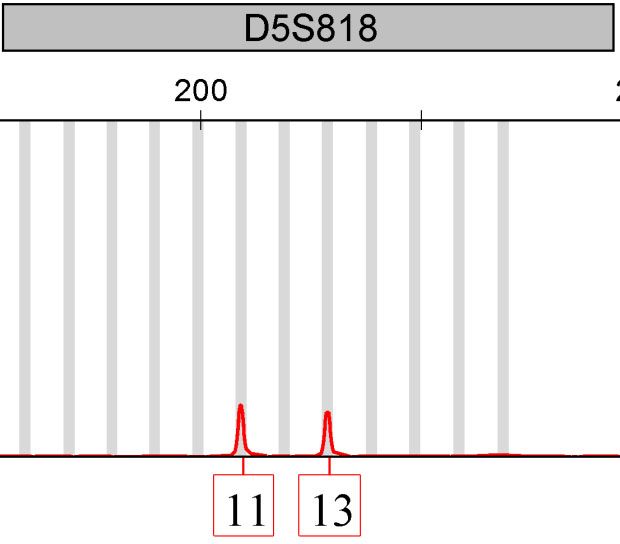
| 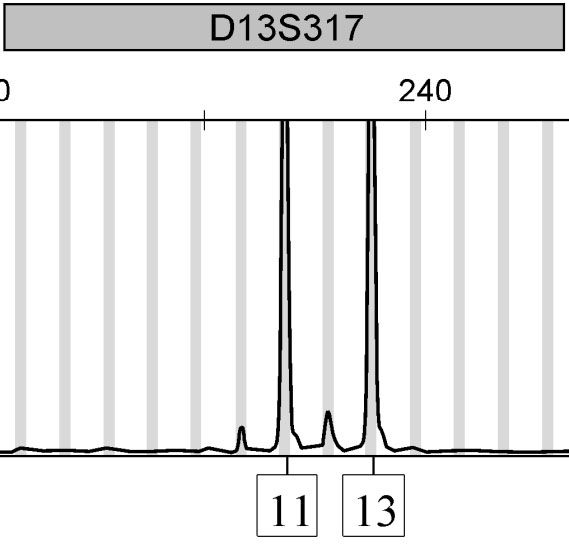
| 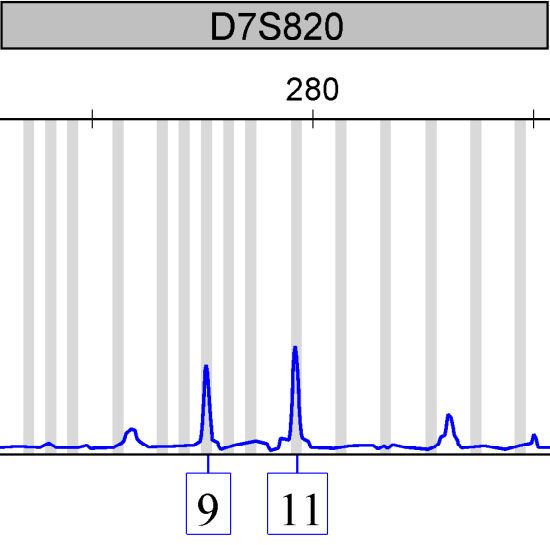
|
| D16S539 | vWA | THO1 |
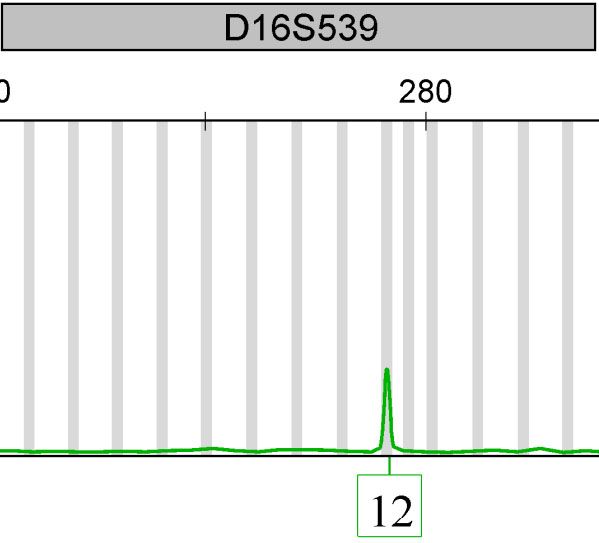
| 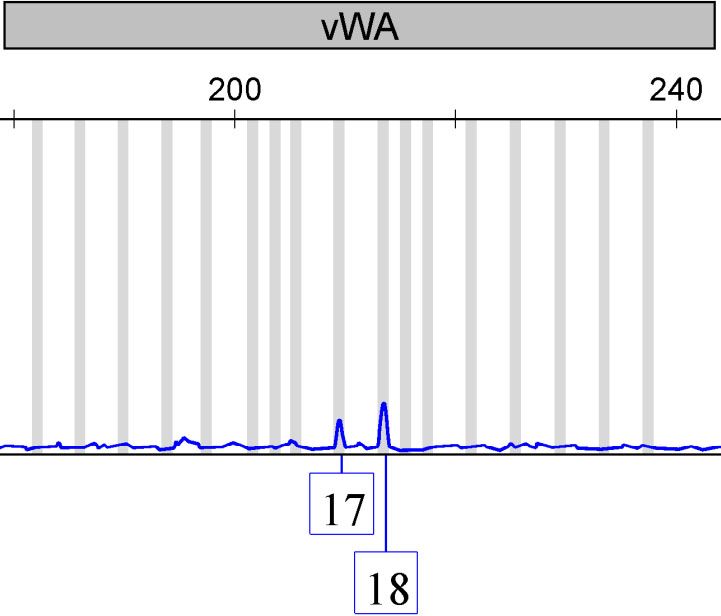
| 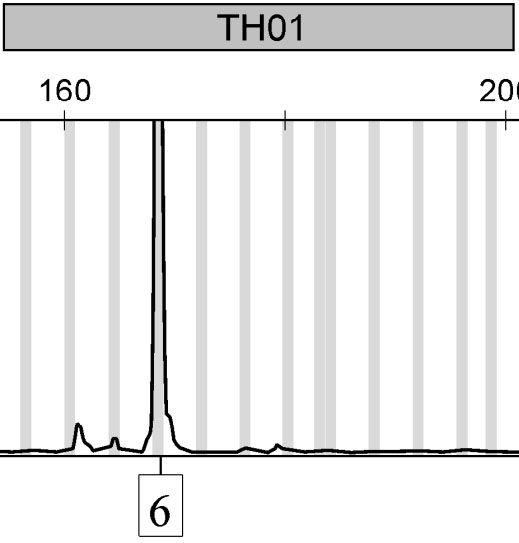
|
| AM | TPOX | CSF1PO |
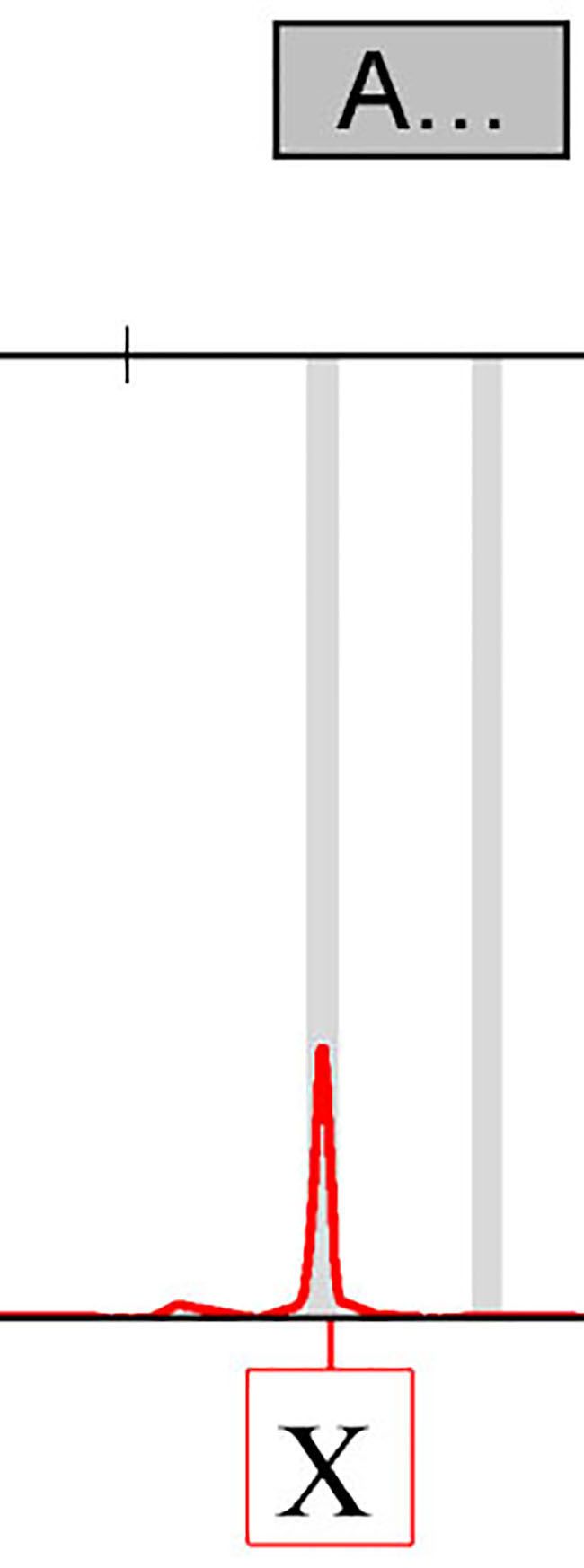
| 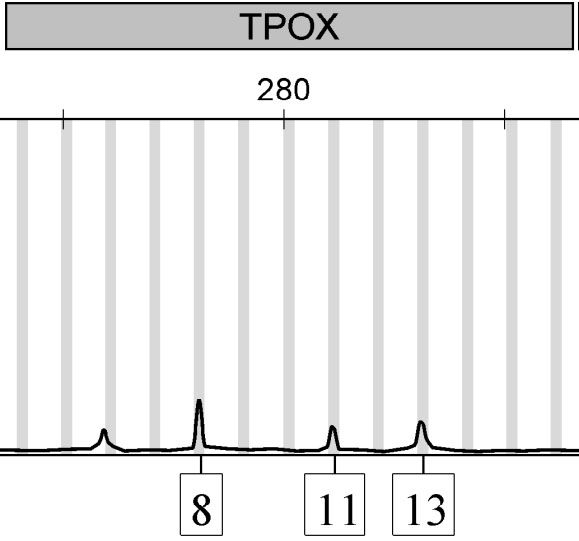
| 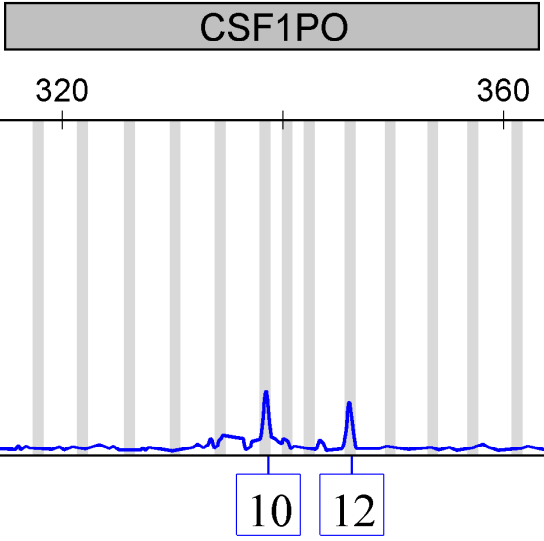
|

本细胞株的培养图片如下:
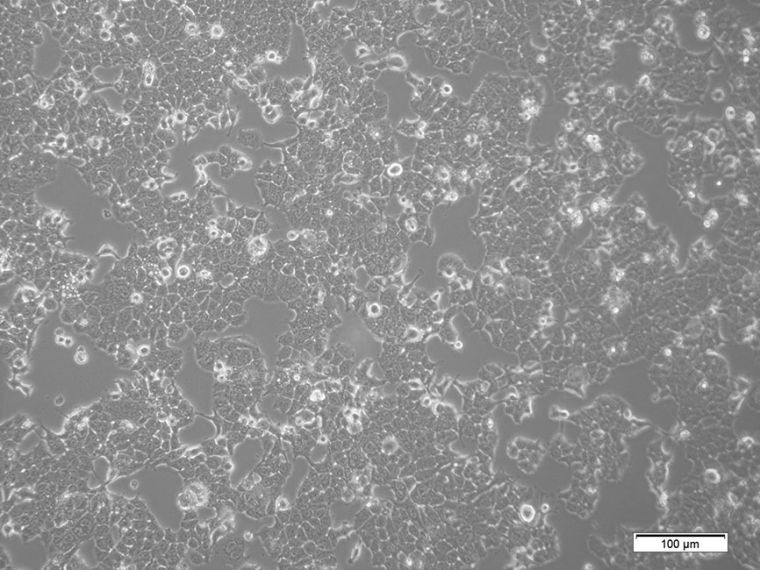
保存条件:
对于细胞培养瓶或离心管运输的活细胞,室温3-5天有效。对于干冰运输的冻存细胞,液氮保存,长期有效;-80℃保存,2个月有效。
注意事项:
本细胞株相关资料参考ATCC (American Type Culture Collection)、DSMZ (German Collection of Microorganisms and Cell Cultures)、JCRB (Japanese Collection of Research Bioresources Cell Bank)、Cellosaurus (Swiss Institute of Bioinformatics)等网站信息,并结合实际培养信息综合而成。由于细胞培养的条件、代数等因素,实际细胞可能与本说明书提供的信息有一定的差异,具体以实际细胞为准。
STR结果可以与ATCC、DSMZ及中国国家实验细胞资源共享平台等网站的数据库进行比对,匹配度80%以上即可认为该细胞系正确。
本产品会根据细胞是否正在培养、目的地距离等因素确定运输方式:冷冻的细胞冻存管(干冰)、一小瓶贴壁培养的细胞或一小瓶/管悬浮培养的细胞(常温)。为了更好地耐受长途运输和环境温度等变化,对于正常贴壁培养的细胞,也可能会以悬浮的形式培养在细胞培养瓶或离心管中进行运输。
对于干冰运输的冻存细胞,若干冰已经完全融化,请立即将细胞复苏培养,切勿再次低温冻存;若尚留有干冰,请直接复苏培养或立即将含有细胞的冻存管放入液氮中保存待用,切不可将细胞置于高温环境。
收到冻存的细胞后请尽快复苏细胞进行培养,以确认细胞活力、状态并保种。如暂时不进行复苏操作,冻存细胞可在-80℃条件下保存2个月。
每支冻存管约含1×106个细胞,体积为0.5-1ml,预期存活率60-90%,建议复苏至1个6cm培养皿中。如果复苏后存活率较低,可以消化后转移至3.5cm培养皿中,这样细胞生长会更好。
如果本产品是常温运输,并且是培养瓶中充满完全培养液的贴壁细胞,收到细胞后请在显微镜下观察细胞生长状态,如果细胞密度超过85%请尽快进行传代操作;如果悬浮的细胞较多,请将培养瓶置于培养箱中静置过夜以使悬浮的细胞再次贴壁。如果收到的是常温运输的离心管装的悬浮细胞,可以直接取出转移至培养皿或培养瓶中培养。若培养液颜色正常则保留培养液继续培养,并且在**更换培养液时,保留一半原培养液,并加入一半新鲜培养液,这样可以尽量避免由于培养液或血清差异导致细胞生长的不适应,确保细胞良好的生长状态。
细胞培养请在生物安全柜台中进行操作,并严格遵守无菌操作。
请在培养液中加入适量青霉素-链霉素溶液以防止可能的细菌污染。
理论上永生化细胞可无限传代,但为了保证细胞的良好状态,建议最早培养的几代细胞就冻存一批,并每培养一段时间后复苏早期冻存的细胞进行培养。
接收、处理、保存、丢弃及使用细胞的时候要遵守相关法律法规,充分考虑可能存在的风险和责任,采取适当的安全和处理措施尽量降低对健康或环境的危害。
本产品仅限于专业人员的科学研究用,不得用于临床诊断或治疗,不得用于食品或药品,不得存放于普通住宅内。
为了您的安全和健康,请穿实验服并戴一次性手套操作。